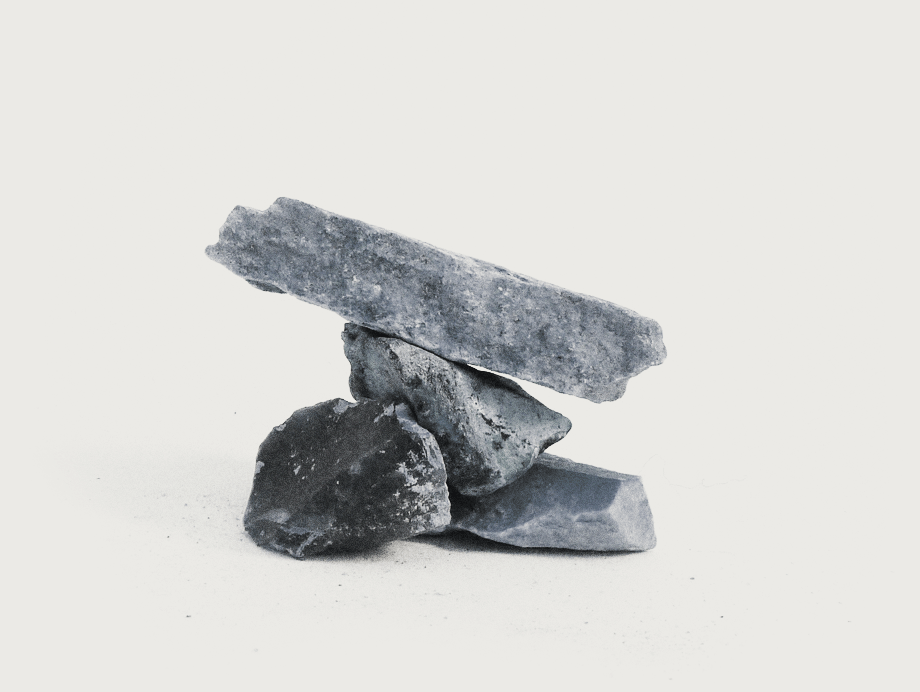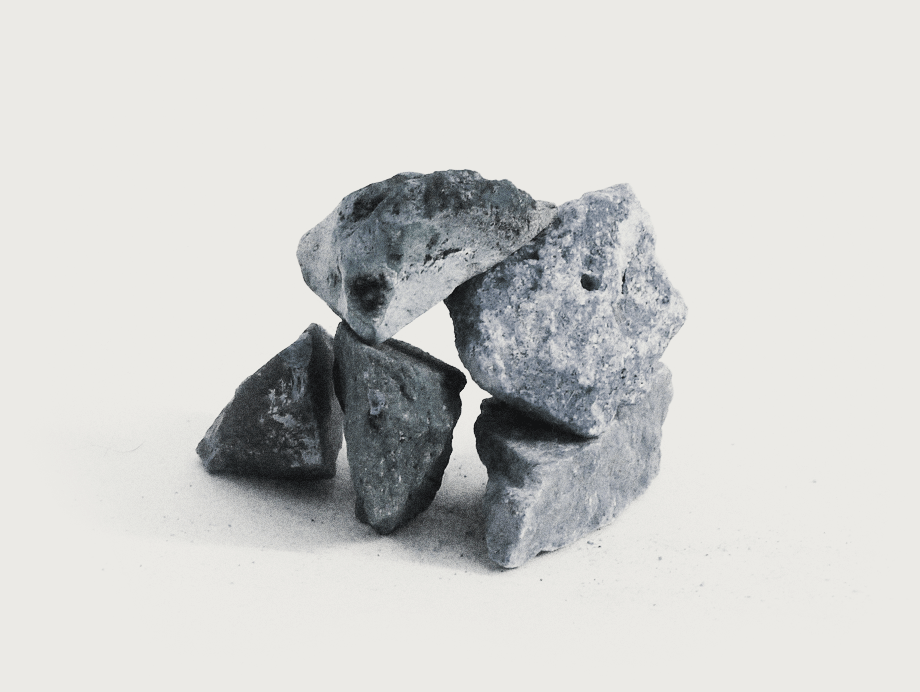Tokyo no oto / Jérôme Combier

Project
TÅkyÅ no oto / japonese cantata /æ±äº¬ã®éŸ³
Jérôme Combier / Yannick Jacquet
Les Cris de Paris / Ensemble Cairn
Sound geography of a town
Tokyo no oto reveals the sound perception an artist, Jérôme Combier, has of the town of Tokyo. For the past few years, his artistic approach has taken inspiration from his surrounding reality : when wandering in foreign places, he collects sonorous, musical and textual material, bits and pieces of the environment he navigates.
To help him concieve this project, JeÌroÌ‚me Combier has invited plastic artist Yannick Jacquet to create a staged performance, both visual and musical, around the city if Tokyo.
Tokyo no oto furthers the musical tradition which consists in rendering the sonorous atmosphere of a town – its sounds, its noises, conversations of people walking in the streets – and transfering this concrete reality into music – score and electronic sounds. For this project, JeÌroÌ‚me Combier will roam the streets of Tokyo carrying a microphone device, which allows to tape 3D recordings. This approach, which is a work method and a means of inspiration, has its own artistic value and will be documented in its different steps.
A specific vocal writing connected to Renaissance
Tokyo no oto is a musical and visual project for 8 singers: 2 sopranos, 2 altos, 2 tenors, 2 basses and 5 instrumentalists : microtonal-accordion, flute, clarinet, Japanese shô and trumpet.
The project will be performed by Les Cris de Paris (a French vocal group) and Ensemble Cairn (music ensemble directed by JeÌroÌ‚me Combier). Geoffroy Jourdain, musical director of Les Cris de Paris, will conduct the piece.
The piece will be organized in 8 to 10 sections, each related to a specific district of Tokyo: Yanaka, Shinjuku, Hueno, Asakusa ... Electroacoustic fragments taken from the recordings of Tokyo will be used as interludes, as transitions between sections, but will also be injected in brief fragments into the vocal music. These inserts of electroacoustic music refer directly to the technique of soundscapes; thus will emerge the presence of the city in a very concrete way.
Tokyo no oto is a profane cantata, falling within the tradition of vocal occidental music, binding together the tradition of polyphony and folk songs.
Tokyo no oto is also directly linked to the French and English Renaissance, to CleÌment Janequin’s song Voulez ouyr les cris de Paris (1530) and to that of Orlando Gibbons, Cries of London, rewritten in 1975 by Luciano Berio. In reference to Renaissance music, JeÌroÌ‚me Combier’s piece will explore consonance; in reference to Berio, it will explore the moving and uncertain frontier between vocal and oral, sound and sense, music and noise. Generally speaking, Tokyo no Oto will explore sounds in Tokyo – whichever their origin: human, machine, from the part of nature the city conceals... The piece will resemble the diary of a westerner lost in Tokyo, a sound map of the city that is conceived, imagined and dreamed by a foreigner whilst strolling through its streets. In Tokyo, dreaming of Tokyo...
Programme
The concert will draw a historical perspective of vocal music from the Renaissance polyphony and madrigals, to the music of our time. Incidentally, Cries of London by Luciano Berio is already a re-appropriation of early music.
Voulez ouyr les cris de Paris : Clément Janequin – 1539
for 5 voices
Cries of London : Luciano Berio - 1974
for 8 voices
Tokyo no oto (cries of Tokyo) : Jérôme Combier
for 8 voices, 5 instruments and electronics
Les Cris de Paris (Michiko Takahashi, soliste)
Ensemble Cairn : Cédric Jullion (flutes), Ayumi Mori (clarinets), Fanny Vicens (accordion), André Feydy (trumpet), Shô : Naomi Sato
Comedians : Nathalie Duong, Vladislav Galard, Kyoko Takenaka, Shingo Ota
Geoffroy Jourdain : conducting
Yannick Jacquet : stage design, video
Christophe Pitoiset : light design
Thomas Lebanc : general technician
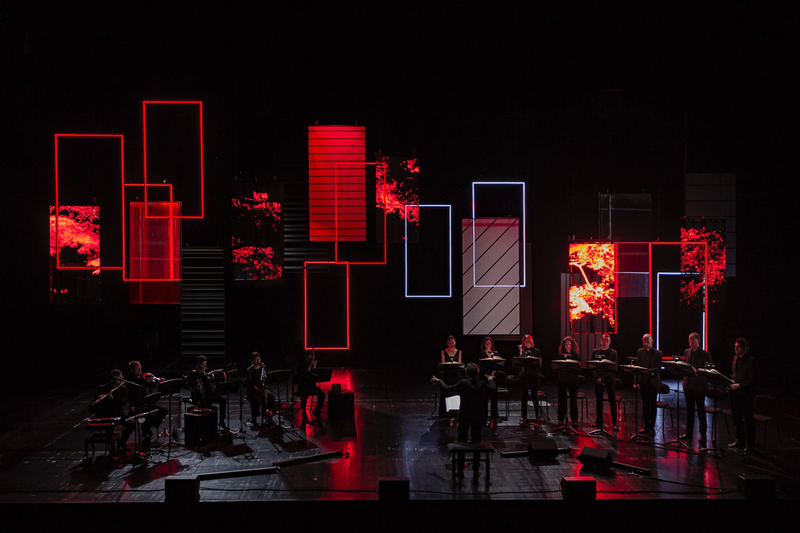
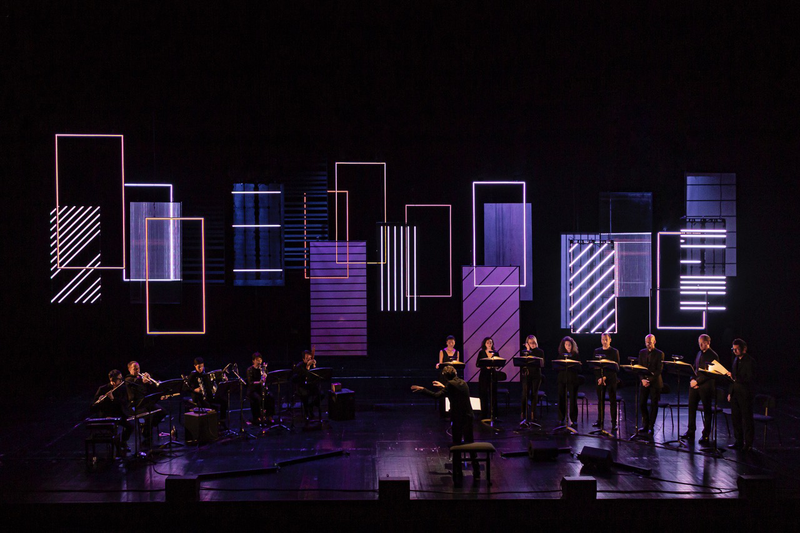
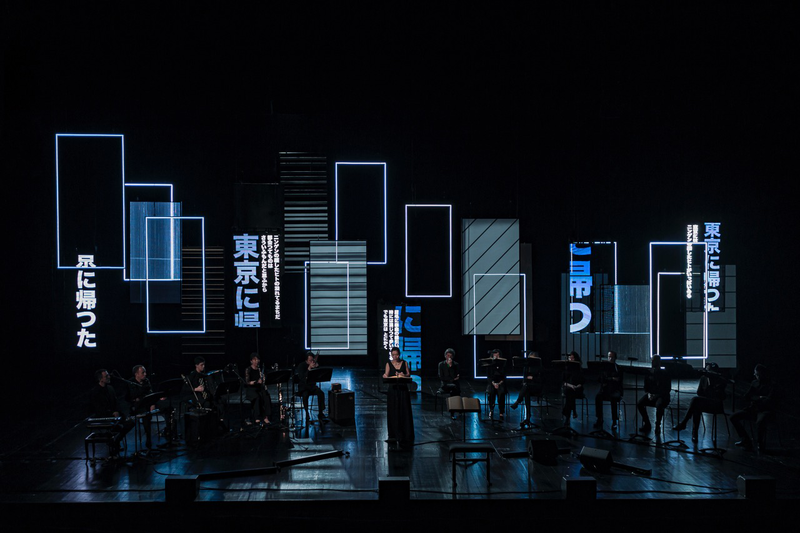
.png)


